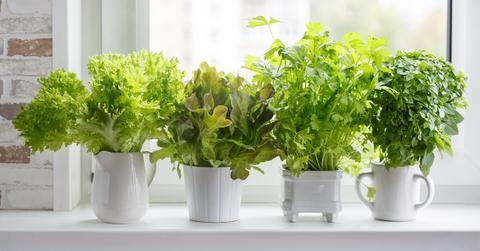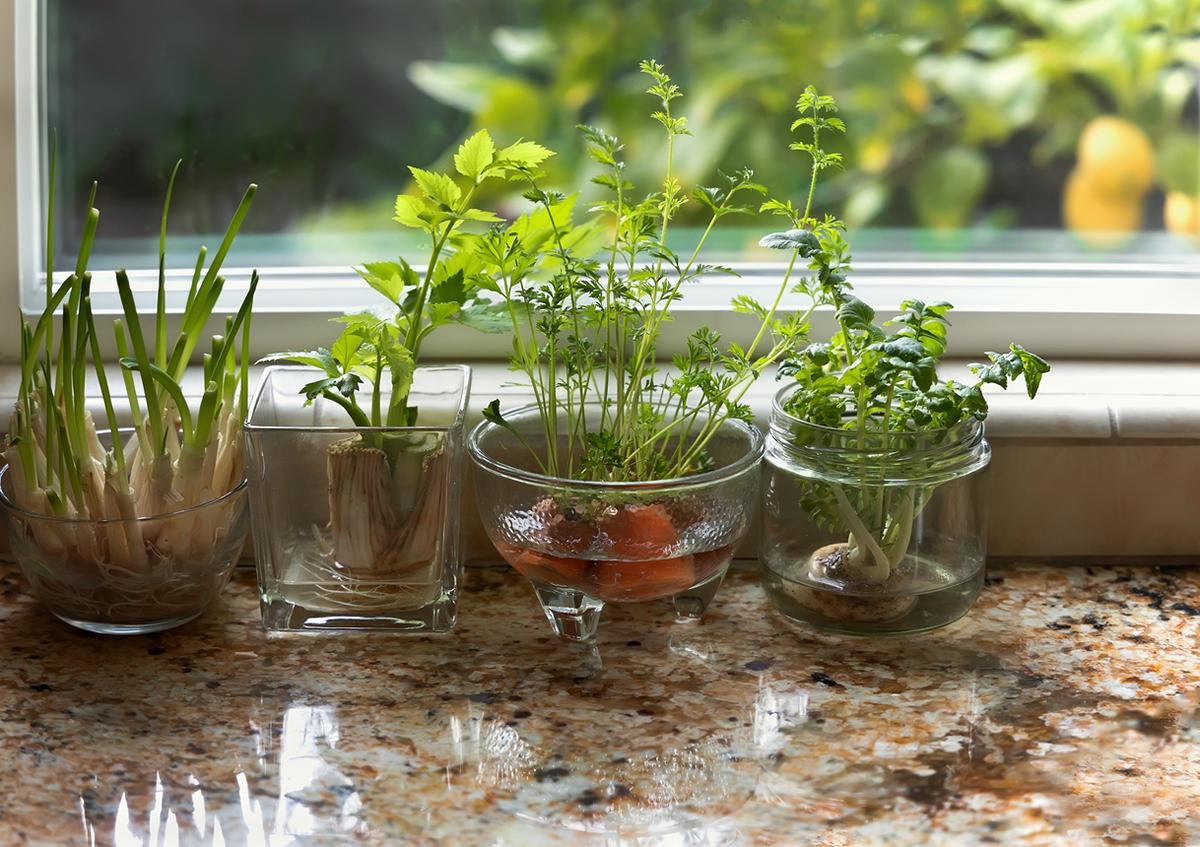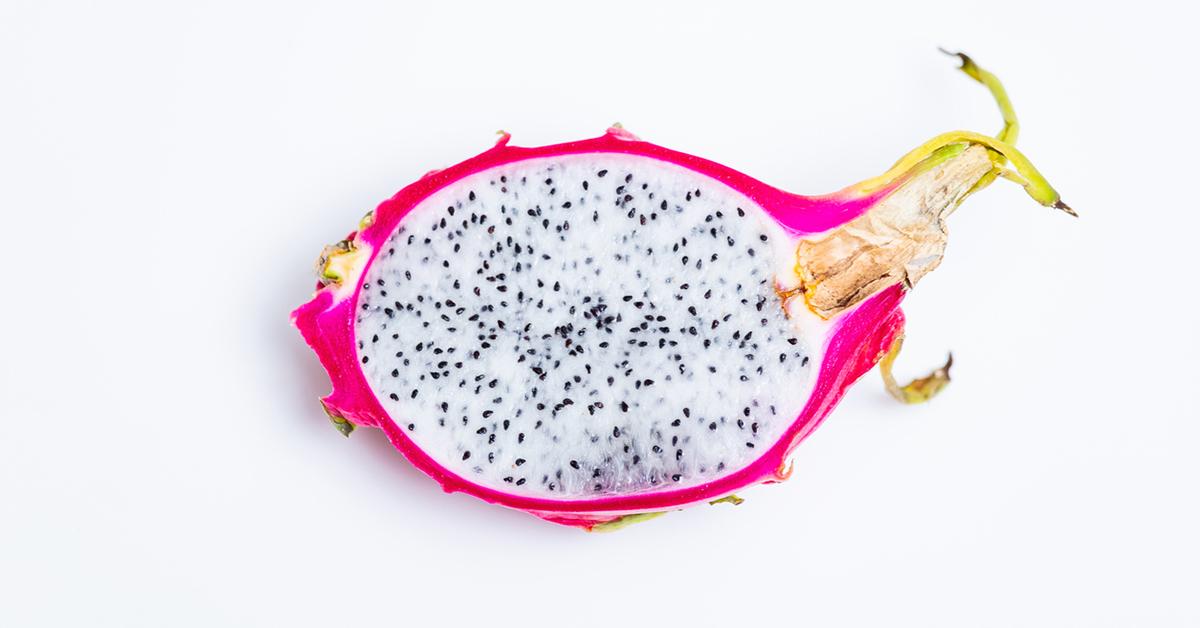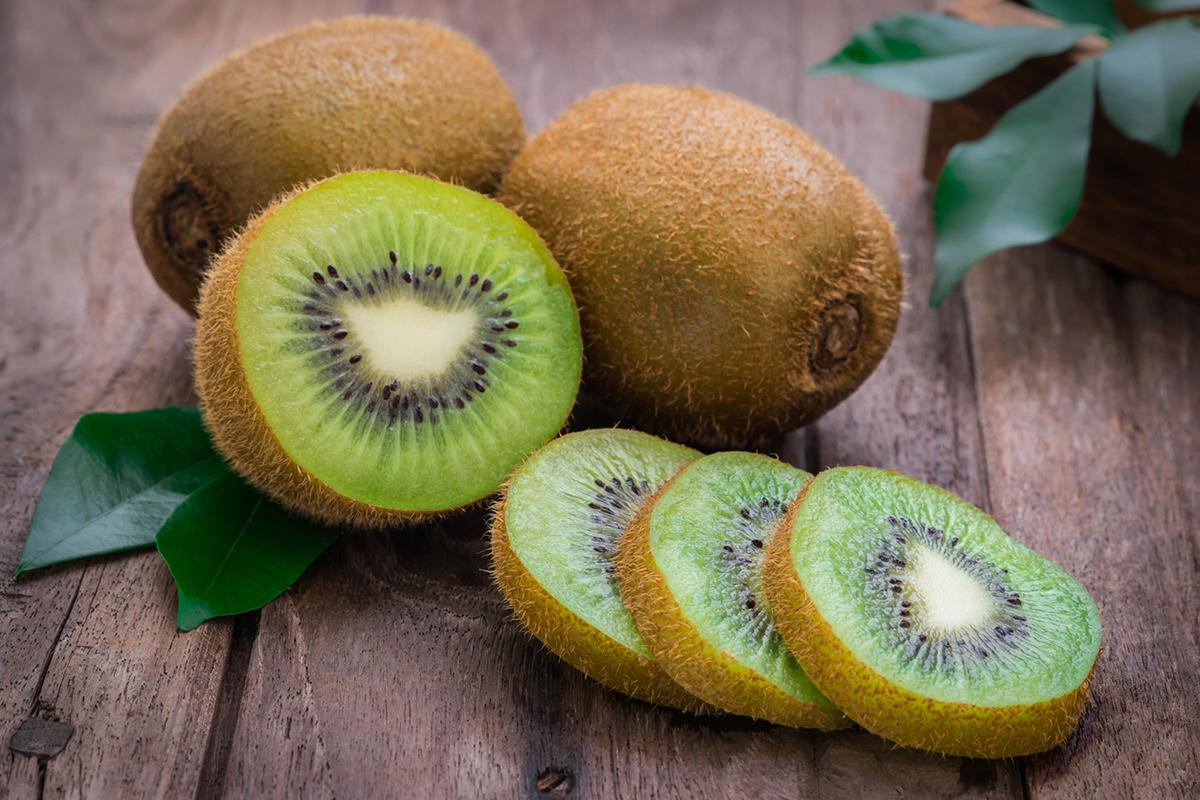18 Fruits and Veggies You Can Propagate at Home
The best part? No Green Thumb necessary!
Updated June 3 2020, 2:39 p.m. ET

If you’ve successfully prepared a vegetable garden, know the tricks of the trade of saving dying plants, and even make your own compost, congratulations because you’re a regular Martha Stewart in the garden! But even with all that success in the garden, there might just be one more hill you need to climb — learning the ins and outs of propagating produce at home.
If you have ever tried to regrow garden plants from kitchen scraps, then you know what a fickle process it can be. Planting isn’t nearly as hard as it is growing vegetables and fruits from absolute scratch but while it’s difficult, it is certainly not impossible.
Want to get started with propagating fruits and veggies at home? Check out these tips.
What are the easiest vegetables to propagate at home?

Among some of the easiest vegetables to propagate at home include carrots, celery, and romaine. These veggies can be placed into shallow water and will start to grow roots from their bottoms and new leaves on top.
Onions and potatoes are also easy to propagate at home. However, instead of adding these vegetables’ roots to water, you can simply cut a potato and half and put it in some potting soil; for onions, you can plant the bottom directly into soil. Both will regrow.
What are the easiest fruits to propagate at home?

Some fruits are easier to propagate than others. While you may have seen viral videos of people propagating pineapple plants and avocado trees, those tend to be a bit trickier. According to In Habitat, blackberries, blueberries, figs, grapes, mulberries, olives, pomegranates, and raspberries are some of the easiest fruits to propagate.
Lemons and limes are also easily propagated at home. To propagate these citrus fruits, you can plant their seeds in potting soil. Apples also require minimal effort to propagate; pack apple seeds from an old core in peat moss, then store it in the fridge. It will start to grow into a small tree, which can be planted in the yard once it gets big enough.
How to propagate dragon fruits:

Many people are specifically interested in propagating dragon fruits. If you live in a warmer climate where it doesn’t drop below 40° F, then dragon fruit is an appropriate propagating option. If you live in a colder climate, unfortunately, propagated dragon fruit may not survive.
Here’s how to propagate dragon fruit, according to Garden Nerd; start by cutting the ends; no brown, woody parts of the fruit should be left, as it’s difficult for new roots to form from these dried-off parts. Pot your dragon fruit cuttings about 2 to 3 inches deep in a pot full of cactus mix potting soil. There should also be lots of sand or perlite in your soil mix.
Water the propagating dragon fruit sparingly. After all, a dragon fruit is a type of cactus, so it does not require a lot of water. According to Gardening Know How, a dragon fruit’s soil should be kept moist with about an inch of water per week.
How to propagate kiwi fruit:

In addition to apples, blackberries, blueberries, dragon fruit, figs, grapes, lemons, limes, mulberries, olives, pomegranates, and raspberries, kiwi fruit can also be propagated relatively easily.
According to Gardening Know How, kiwi fruit can be propagated with cuttings of the kiwi plant. To propagate this fruit, snip the bottom, leaving a leaf at the top of each node. Gardening Know How recommends dipping the basal end of the cutting in a root growth hormone, then set in a rooting medium. The cuttings should be kept moist and warm with frequent misting, and would do best in a greenhouse where temperatures reach 70° F to 75° F. You should expect to see roots grow from the kiwi cuttings within four to six weeks. The cuttings can then be transplanted into 4-inch deep pots but should remain inside a greenhouse or warm area until they are about 4 feet tall.